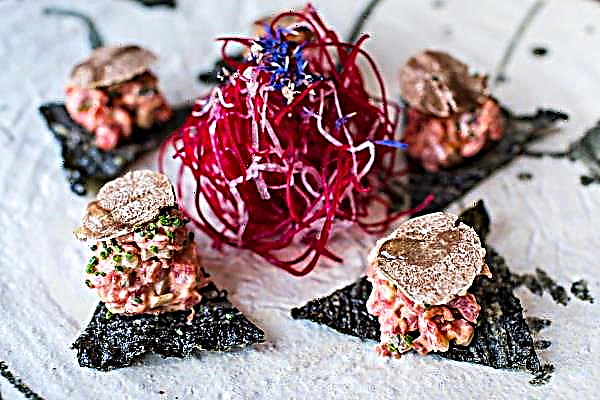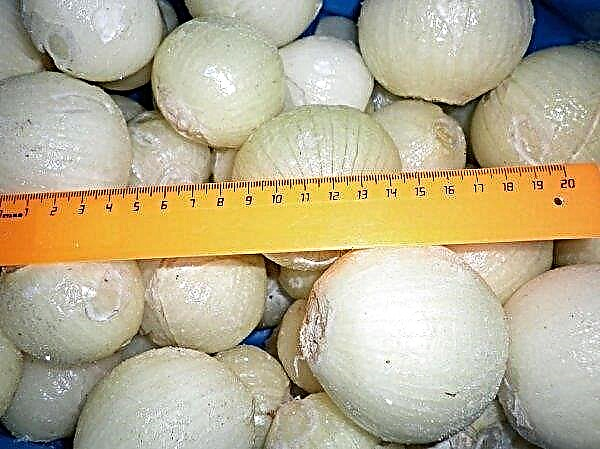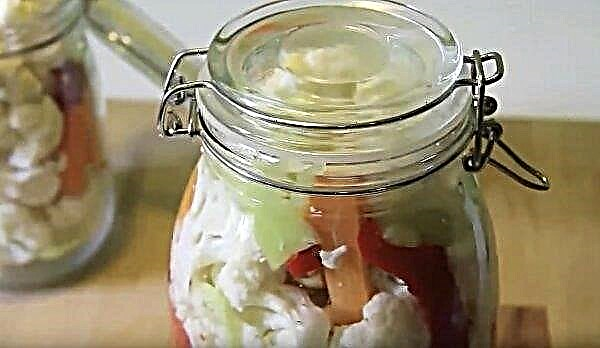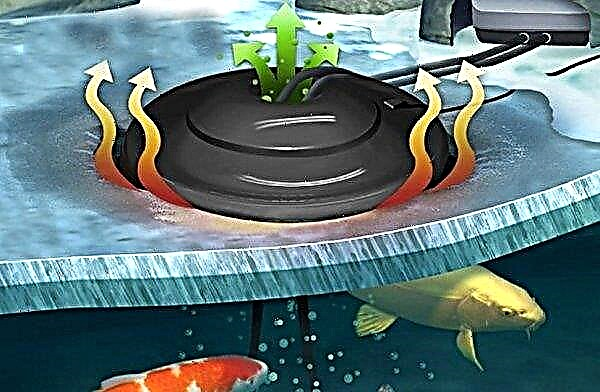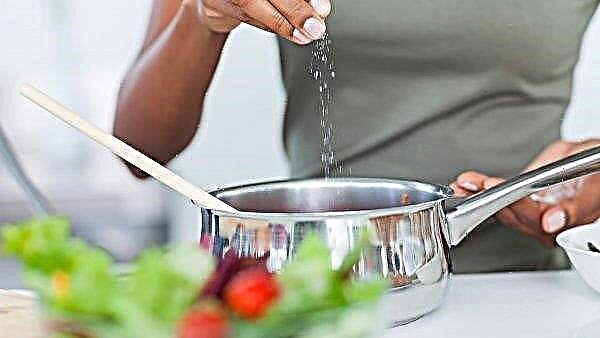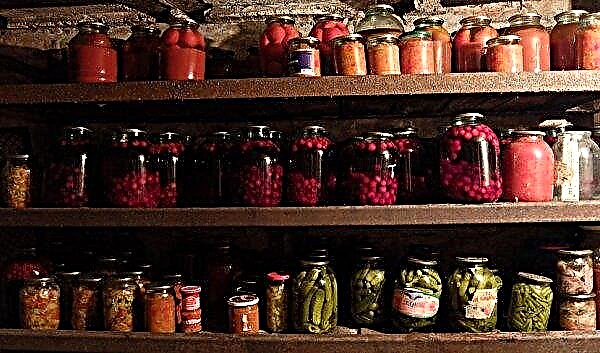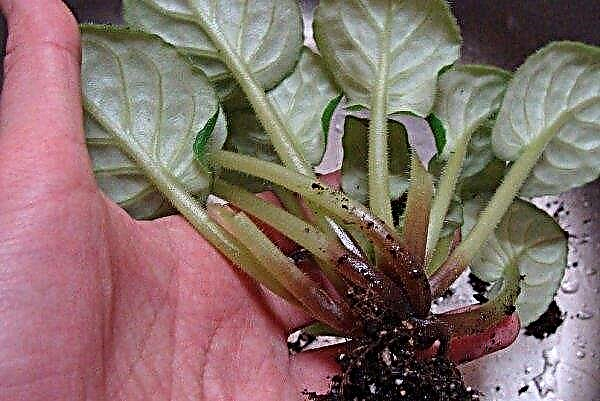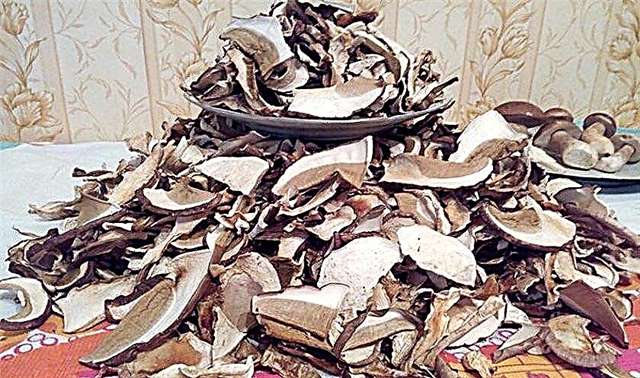Of the varieties of cabbage, Brussels contains the largest number of substances useful to the human body, while the product is low-calorie and universal in cooking, which is why it is so popular in diet menus. During the cultivation of this crop, gardeners often resort to such a procedure as removing the lower leaves of the emerging vegetable to maintain the characteristics of the variety and to prevent the appearance of diseases in the plant. The article will discuss when they can be cut off, and how to do it correctly.
Growing and care features at the maturation stage
Brussels sprouts require a long growing period, up to 6 months. This culture is frost-resistant - adult plants withstand cold up to -7 ° C. Usually sowing seeds for seedlings begin in late March, always in a greenhouse. Transplanting seedlings to a permanent place is possible after 2 months. Plants need to be planted according to a pattern of 60 × 60 cm, 60 × 70 cm. Caring for them is quite easy.

The first top dressing is performed on 10–20 days, with nitrogen fertilizers. The second - when tying heads. Brussels sprouts need to be watered often, especially in the heat. Be sure to loosen after watering. Culture is photophilous, a strong wind affects it badly.
Did you know? An amazing feature of Brussels sprouts is that when frozen, its small heads do not lose their nutritional value.
Harvesting can begin at the end of September. The collection of small heads of cabbage can be carried out selectively: cut off with hands or cut with a knife, and so on until late autumn. The plant can remain in the beds for a long time, until November. After the onset of steady cooling, you can finally remove the plants from the garden. You can dig up the stems along with small cobs, dig them into the wet sand and put them in a cold room for storage.

Brussels sprouts leaves
The plates are green in color, have a mild wax coating. The edges are solid and smooth or slightly curved. The length is 18–40 cm, the width is 18–32 cm.
Lower leaf functions
Botva is of particular importance in the development of this vegetable crop. Leaves, including the bottom, have an important purpose:
- Promote photosynthesis, are important in the nutrition and respiration of plants.
- Provide pest protection.
- They cover the earth, keeping water in it and preventing the soil from overheating.
When is removal justified?
Over time, the leaves lose their function and create a certain danger if they are not removed.
Removal is warranted if:
- they touch the ground;
- have mechanical damage or the presence of infection;
- began to turn pale, turn yellow and fade;
- if they are an obstacle to hilling and watering.

How to break off?
You can cut off manually, cut off with pruners or a knife. It is better if the day when they are cut off and the next day there will be good sunny weather: so the wounds will heal faster.
Important! Premature leaf removal can lead to impaired head formation. HAn infection can get through the wound, leading to rotting of the vegetable.
What cabbage leaves do not pick?
It is believed that a head of cabbage is formed from cabbage leaves. This statement is not correct for all types of cabbage. Kohlrabi, colored, broccoli and Brussels head out of them. When these varieties are grown, the foliage is cut to a minimum: only the one that turns yellow. In Brussels, old ones are removed, but in kohlrabi they are not torn off, only during collection they are carefully cut with a knife.

The gardener must make the decision about picking the leaves himself. Their removal can lead to the appearance of bacteria, so you need to do this correctly. And do not forget that they need to be torn off only when necessary, when there is a real threat to the plant.

